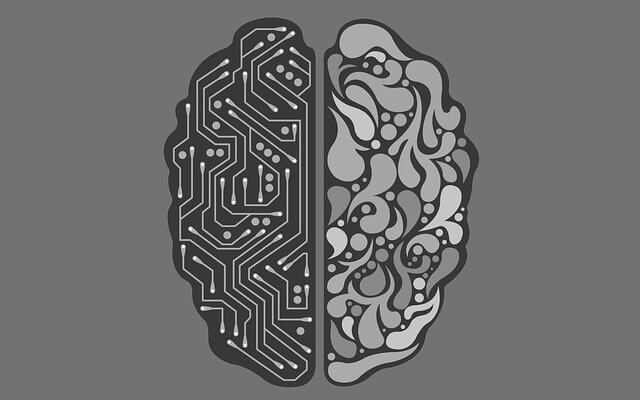Despite chatbots being around for decades, their popularity has only risen in the last couple of years. In 2016, chatbots were considered ‘the next big thing’ in business operations. The interest in chatbot innovation saw corporation giants Google and Facebook create their own chatbot platforms. Despite the positivity, these chatbots were poorly received due to issues in performance, design and user experience. Following the reception, the industry was fuelled by improving bots because of their potential.
By 2017, Gartner reported that chatbots were used in customer engagements in around 34 per cent of support cases. The following year was coined as the ‘year of chatbots’ as more and more businesses realised the benefits of bots, rising the levels of chatbot adoption.
Considering the developments in bots over the last few years, we decided to look at what trends we’ll see in chatbots in 2019, and beyond.
Increasing Adoption Rates

Year-on-year, reports highlight AI-chatbot implementation grows at a rate of 5.6 times globally. By next year, Gartner predicts that 85 percent of customers will only have contact with bots when dealing with their support queries.
Understandably, customer service businesses are the largest adopters of chatbots. This is because bots can serve as the first point of contact, dealing with FAQ’s and customer enquiries efficiently.
AI-Powered Bots

Predictions indicate that the increase in adoption will lean toward chatbots that use AI technology. These AI-powered bots are changing the game, interacting with customers just like an agent would. Utilising natural language processing (NLP) and machine learning, AI-powered bots continue to learn the best ways to speak with customers despite variations in phrasing. That’s because the bot utilises keywords to provide information or send the customer to the right department or webpage that caters to their requirements.
The developments in NLP over the last couple of years have contributed to drastically improving customer experiences of chatbots. Bots that utilise NLP ensure customers feel valued every time they contact a support centre.
Chatbot software of today benefits from the intelligence of AI with high emotional quotient (EQ) and Intelligent quotient (IQ) rates. This ability allows them to offer logical and emotional support that reacts to the context of consumer responses. This can be particularly useful in instances where the bot is dealing with an upset or vulnerable individual in cases with debt recovery. Facebook is already using AI-powered approaches in their chatbots, learning from the user feedback they received back in 2016. And with programming ensuring customisation of bots to brands, chatbots can be consistent with the entire brand experience.
It’s nothing new that objectives for AI-powered bots are assessed through the lens of customer feedback. Innovations for this type of dynamic chatbot will be directed by the consumers who use them, allowing programmers to optimise bots for long-term engagement.
Collaboration Between Bots and Agents

Innovations in bot technology have seen the increasing intelligence and reliability of bots. This means that a wealth of tasks from admin to customer support can easily be handed over to AI chatbots. Worry over the rapid developments of AI has raised concerns over job security. However, the integration of advanced bots has highlighted the requirement of human assistance. If anything, the growing collaboration rates have shown how they can support each other through their strengths and weaknesses. For example, a bot can provide service to multiple customers at once, while a human agent can only deal with one customer at a time. Humans, however, can solve the complex consumer issues, while bots can be utilised to answer simple questions about their debt scheme and regular FAQ enquiries.
The integration of both systems allows the sharing of information for a seamless customer journey from bot to agent. This means that a customer who was previously dealing with a bot will not have to repeat themselves when directed to an agent for help.
Bots have become an important part of any industry. Not only do they deliver exceptional customer service that meets consumer expectations but they also ensure agent resources are saved for complex cases.
Bots Talking to Bots

Bots not only connect and communicate with consumers and agents but are a part of an omni-channel service. Simply put, an omni-channel solution is one that moves away from multiple channels governed by separate monitoring systems to one system that monitors each touchpoint. Bots are, therefore, able to communicate with other bots and systems, sharing data along which aids a smoother customer journey.
This step in bot innovation means that bots will become more aware without the need for human interaction or assistance. Bots will be able to take on more tasks as they develop, and experts believe that robotic messengers will be responsible for more business to customer interactions in the future. For example, it won’t be long until customers can make purchases through a multipurpose bot. This versatile bot will also provide confirmation of purchase, organisation of delivery and returns, and get information on non-delivered packages.
Bots Providing More Insight

Insight into consumers is vital for business growth, and AI-bots are now one of the ways businesses can gather data to analyse. Bots offer the opportunity for businesses to do deep data analysis into their consumers through their interactions. With the help of Natural Language Processing, bots are gaining more understanding of customers through in-depth and qualitative conversation. Chatbots can then run analytic reports on consumer interactions to improve customer support service.
In just a few years, bots have developed rapidly, and indications show that they will only advance further. Bot solutions have shown they can improve business operations and relationships with customers. It’s no surprise that chatbot adoption is on an upward trend, with many organisations reaching out to expert suppliers to service their bot needs. If you’re looking for a quality bot solution, look no further than Hostcomm. We have been helping businesses like yours for over fourteen years. Get in touch today for your free consultation.














